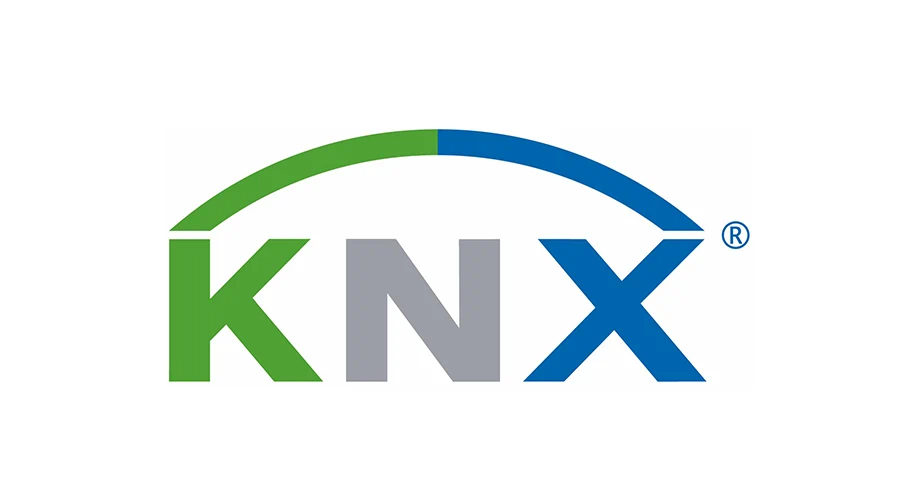
KNX
KNX is indeed a worldwide standardized home and building automation protocol. It is designed to enable the integration and control of various building functions and systems, such as lighting, heating, air conditioning, security, and more. KNX stands for “Konnex,” which is derived from the German word “Konkret” (meaning concrete) and “X” (for extendability). It was initially developed in the early 1990s and has since become a widely adopted and recognized standard in the field of home and building automation.
Here are some key characteristics and features of KNX:
1. Interoperability
KNX is known for its high level of interoperability. It allows devices and systems from different manufacturers to communicate and work together seamlessly, as long as they are KNX-certified.
2. Wired and Wireless
KNX can be implemented using both wired (e.g., twisted-pair bus) and wireless (e.g., RF) communication technologies. This flexibility makes it suitable for both new construction and retrofit projects.
3. Scalability
KNX is scalable, allowing users to start with a small automation system and expand it as needed. This makes it suitable for residential homes, commercial buildings, and large-scale industrial facilities.
4. Wide Range of Applications
KNX can be used to control and automate a wide range of functions, including lighting, HVAC (heating, ventilation, and air conditioning), shading and blinds, security and access control, audiovisual systems, and energy management.
5. Centralized and Decentralized Control
KNX systems can be designed with centralized or decentralized control. Centralized control typically involves a central controller or server, while decentralized control allows devices to communicate directly with each other.
6. Energy Efficiency
: KNX systems can help optimize energy usage by automating lighting and HVAC control based on occupancy, time schedules, and sensor inputs. This can lead to significant energy savings.
7. Remote Access and Control
Many KNX installations can be accessed and controlled remotely using smartphones, tablets, or web interfaces. This provides convenience and flexibility to users.
8. Security
KNX incorporates security features to protect against unauthorized access and tampering. Encryption and authentication mechanisms are used to secure communication between devices.
9. Open Standard
KNX is an open standard, maintained and promoted by the KNX Association, which is an international organization. This open nature ensures a wide range of compatible products and a competitive market.
10. Long-Term Reliability
KNX has a reputation for long-term reliability and durability, making it suitable for critical building automation functions.
Overall, KNX has gained popularity in the home and building automation industry due to its flexibility, interoperability, and comprehensive set of features. It is commonly used in smart homes, office buildings, hotels, and other commercial and industrial applications where automation and control of various systems are required.
